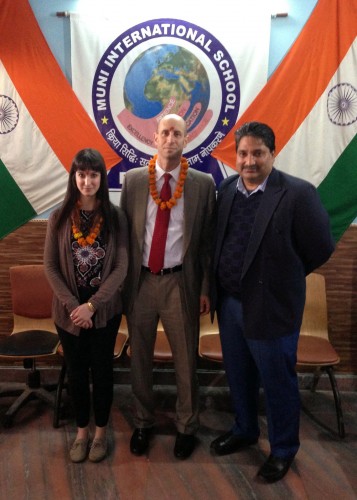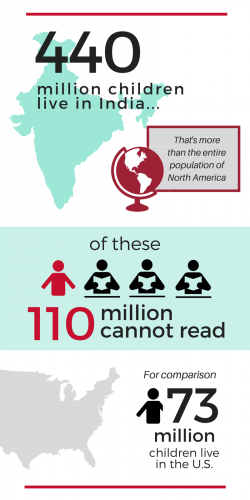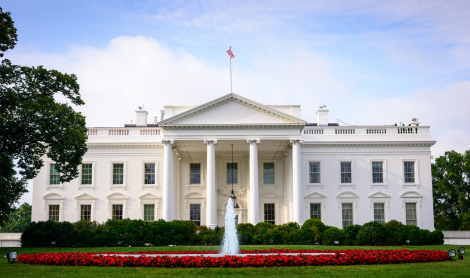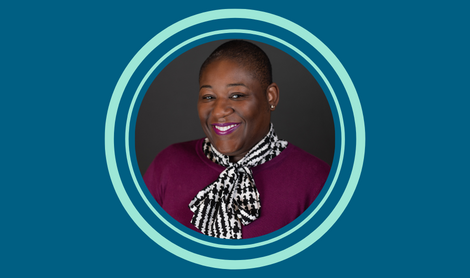This is Part 1 in a four part series highlighting public education challenges in New Delhi and how the U.S. charter model may be influencing education reform across the city.
This January, I traveled across the Atlantic and a couple of continents to advise on an educational reform effort taking shape in India. I spent a week navigating the bustling traffic, growth, and poverty of New Delhi, and its population of 18.7 million people. I met with local education reform leaders and stakeholders and visited nine public, private, and hybrid—or “partnership” schools. The site visit was a centerpiece of NACSA’s ongoing work with a local NGO to bring quality authorizing principles and practices to a burgeoning effort to improve urban public education in India.
 The numbers are daunting
The numbers are daunting
With 440 million children, India has nearly as many children to educate as the entire population of North America. Data on the literacy rate vary, but it is generally reported to be around 73 percent. This means there are roughly 110 million Indian children who cannot read. That’s about 50 percent more than the total number of children in the U.S. (73.7 million). I departed from Newark Liberty International with a paraphrase of Einstein’s comment on his math challenges in mind: Whatever your difficulties in education, I assure you India’s are greater.
India has made progress expanding access to basic education. Elementary enrollment rates increased from less than 80 percent to more than 90 percent between 2000 and 2010 and secondary enrollment, though lagging behind primary, increased at an even greater rate according to World Bank data. Nevertheless, or perhaps as a result, significant challenges related to outcomes persist. In New Delhi, the government-run public schools are under-resourced. Teacher absenteeism is chronic. One report found teacher attendance to be 75 percent, and only about half of those present were actually teaching. There is virtually no accountability; teachers get paid whether they show up for work or not.
Parents are voting with their feet
In the U.S., surveys often find families to be critical of the public school system but satisfied with their own child’s school. In Delhi, families seem to have more completely lost confidence in both the system and their child’s particular option. Families at all income levels have been actively seeking alternatives to their municipal elementary schools. Currently “alternatives” means private schools. India has many selective private schools akin to the prevailing independent school market in the U.S. In addition, however, India has a burgeoning market of “affordable” private schools. These can cost as little as $300 per year—not a small sum for most families there, but one that families are increasingly willing to pay despite the lack of data to indicate whether these budget private schools are doing any better. The perception is that if you can find a way to afford it, anything is better than the government school down the block.
During several school visits, we saw some of the challenges in action. At one rural K-5 government school built for perhaps 200 students, there were six children present being supervised by a single teacher, who was not doing any teaching and whose indifference towards the children was unaffected by our presence. Parents we spoke to in the community are convinced their children are simply not being taught, and it sure looked that way to me.

What can the charter idea offer New Delhi and India?
Delhi’s municipal government is piloting the idea of “government partnership” schools that would bring in non-governmental operators (i.e., private operators, not-for-profits) to run public schools in public school buildings using a combination of public and private funding. These schools will have greater autonomy over curriculum and instruction; more independence from the central office; and more accountability for educational outcomes. Half a world away, in a country that is thousands of years older than ours and equally distant in culture, these familiar charter school concepts have currency.
There are many challenges to making these concepts real in practice. The NGO community’s primary interest is better educational outcomes. The government’s interest is to stem and reverse the exodus from government schools. NACSA’s piece of the challenge is to help municipalities reconceive and redefine their relationships with public schools.
Although there are many hurdles, and the degree of difficulty makes success challenging, the potential impact is too large to ignore. If done right, the same charter concepts that are helping provide three million children access to great school here in the U.S. could transform the lives of tens of millions of the world’s most disadvantaged children.
Coming soon
My colleague, Erin Reddy, manages our work with authorizers on evaluating charter school applications. She accompanied me on the site visit to advise on quality application decision making. In Part 2 of this series, Erin will share her experience as a student at a New Delhi university to illuminate how these educational challenges play out inside of a classroom.
William Haft is Vice President for Authorizer Development at the National Association of Charter School Authorizers, where he leads NACSA’s direct services work from application process management and due diligence to governing board strategic planning and performance management.
 The numbers are daunting
The numbers are daunting

